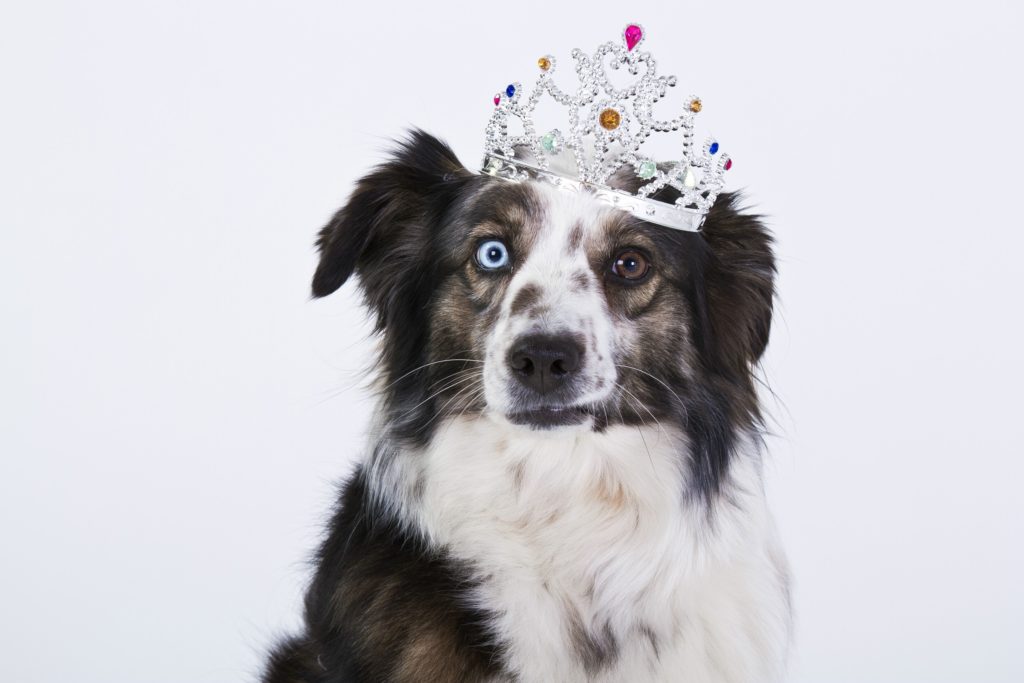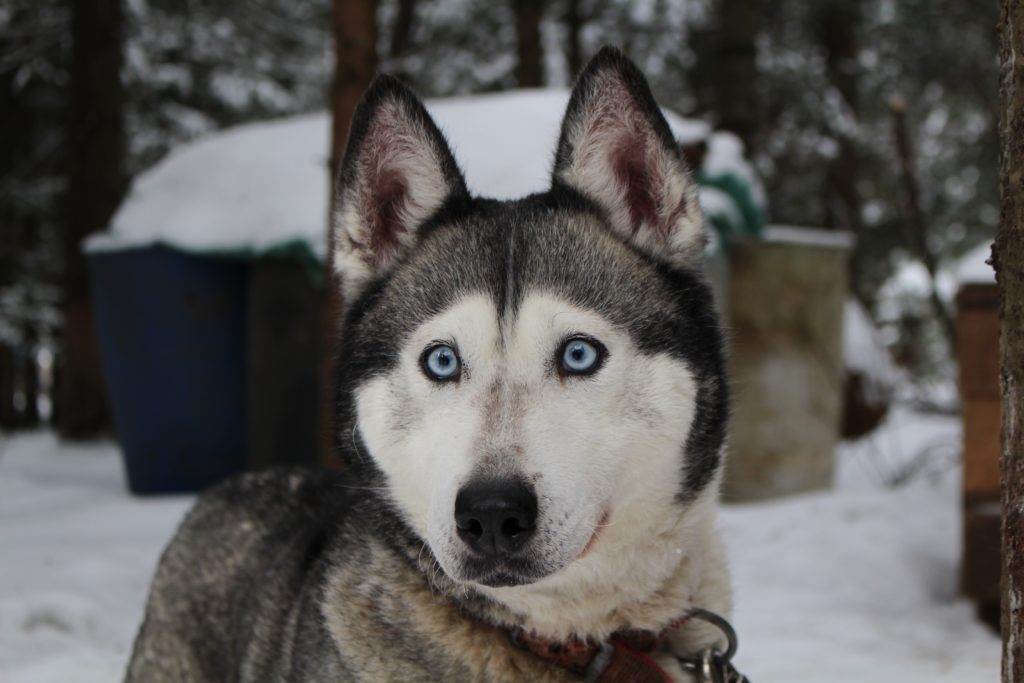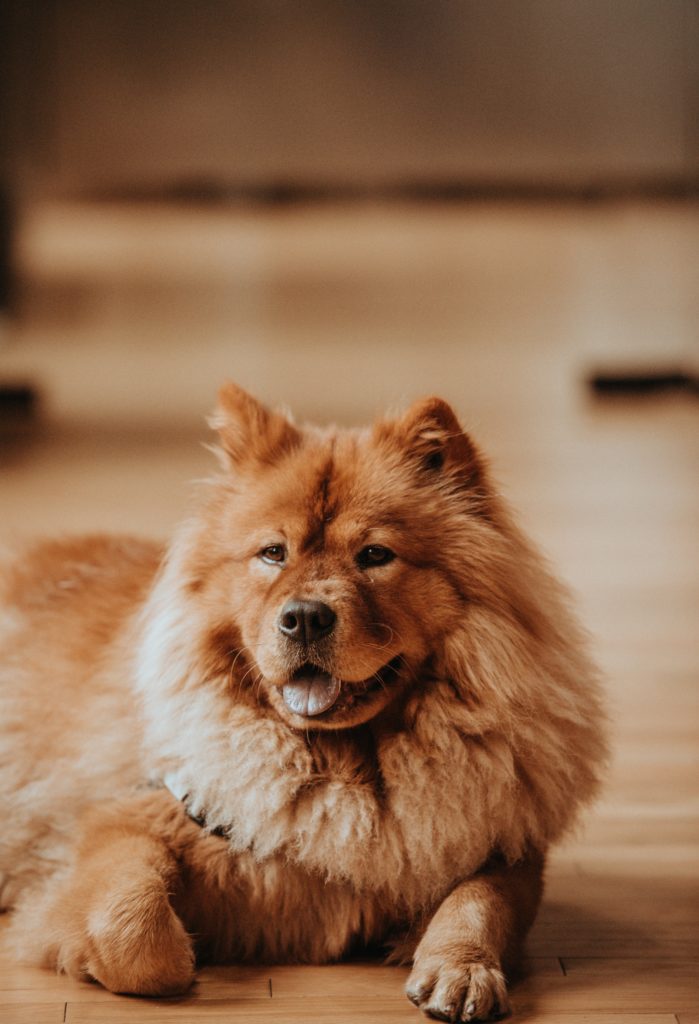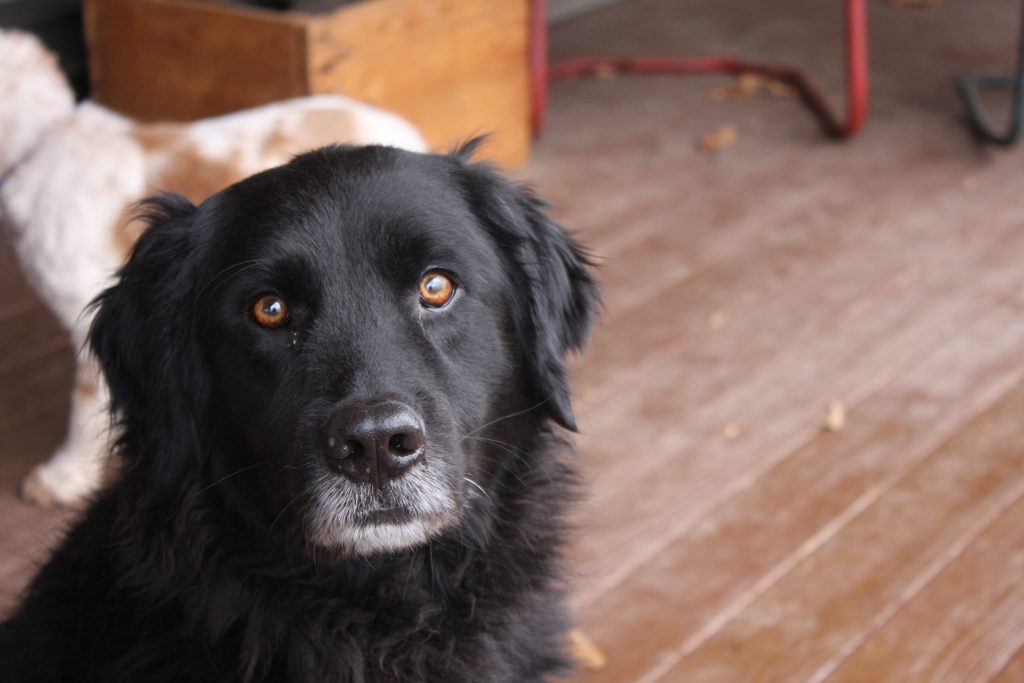
Dogs in History
Seven dogs who’ve helped humanity in many ways, or were just good dogs in general.
Dogs have played a role in nearly every aspect of human history. From the first living being sent into space, to the first therapy dogs, to even just being recognized for the loyalty they display to their owners.
The pack nature in dogs give them an unreal ability to involve themselves in human event. Dogs even seem to view humans as their own family.
No one culture can claim to introducing dogs to humanity. They’re descended from wolves, but some believe that all dogs have descended from three puppies in China some thousands of years ago.
Some of the first signs of domesticated dogs date back to 30,000 BC, and even proof of a dog buried with his owner in Israel in about 10,000 BC. Here are seven dogs from human history deserving of recognition.
Saur, the Dog King
Dogs have served many positions for humans; some as guard dogs, some as police dogs, or some as lap dogs.
One dog, Saur, served as a king. Saur took the throne of Norway when Onund, the son of King Eystein, was killed by the people of Norway. After his son’s death, the king gave his people an option; either be ruled by a slave or by a dog. The people chose the dog.

Saur ruled Norway for three years, and was treated well and regally. He had a magnificent palace, the best food, and even a gold collar. Saur also stamped all official documents with his signature paw print.
Unfortunately, after three years of reign, his life was cut short when wolves broke into the palace. Although, it’s good know he was treated as a king. I bet he was a good boy.
Laika, the First Cosmonaut
Just a charming stray dog from the streets of Moscow, Laika was picked up by the Soviet Union during the Cold War. She had trained with other dogs, but scientists noticed she had an uncanny ability to remain calm under pressure.

Launched aboard the Sputnik II on November 3, 1957, Laika was the first living creature sent into space. She was then nicknamed “Muttnik” by media.
The Soviet Union had come out over the United States in the space race, but many were affected when the news hit the world that Laika had died before orbit. Dr. Stanley Coren, professor psychology at the University of British Columbia, said, “She died before reaching orbit, and before any real data was gleaned about sustaining life in that environment.”
In their rush to come out on top, the Soviet neglected to correctly prepare for Laika long journey, and her voyage was ended prematurely.
Strelka & Belka
On a lighter note, Strelka (little arrow) and Belka (squirrel) were launched aboard the Sputnik 5 in 1960 for a one-day journey and were returned alive.
Strelka later had a litter of puppies. One of these puppies were given to John F. Kennedy’s daughter, Caroline.
Jofi, the First Therapy Dog
Sigmund Freud owned a dog, Jofi, that he often kept in his office during psychotherapy sessions. He believed that Jofi had comforted his patients. Jofi even helped keep Freud, himself, calm.
Freud later realized that Jofi had an effect on his patients, as they were more in touch with their feelings and had a better chance of staying calm.

Freud decided to experiment with Jofi, by placing him in different locations around his therapy room.
He had noticed a couple things during this experiment.
First, he noticed that when Jofi rested by the patients, the patient was better able to discuss and express emotionally. This is in psychoanalysis, so the patient is reclined on the couch and facing away from the therapist.
Secondly, When Jofi was next to the therapist instead of next to the patient, the dog’s presence had no effect on the patient. Jofi had inadvertently pioneered modern-day pet-assisted therapy.
Seaman, the Black Newfoundland Lab Explorer
Captain Meriwether Lewis had purchased Seaman for $20 in Pennsylvania. Seaman had went along with Lewis and Clark when they set out to explore North America west of the Mississippi River.
Seaman held a special place in Lewis’ heart, especially considering they had eaten hundreds of dogs to stay alive.

At one point, a beaver bit Seaman and injured him. Lewis took it upon himself to take care of the problem, so he performed surgery on Seaman to close the wound. And it worked, since they later on came across more problems.
Later, Seaman was kidnapped by a North American tribe. Lewis threatened to murder everyone in the village as well as burn the entire village down, if Seaman was not returned.
The final reference to Seaman in Lewis’ journal didn’t say much else about him, besides one excerpt: “The musquetoes continue to infest us, in such a manner that we can scarcely exist; for my own part I am confined to my bier ¾ of the time. My dog even howls with the torture he experiences from them.”
Seaman later became the mascot for the Lewis & Clark College’s Pioneers.
Delta, a Heroic Servant
During the excavations of Pompeii, Delta was discovered by his master. Delta’s corpse was frozen in time by the hardened volcanic ash, and the moment of his heroic actions are forever known because of it.
Delta was found hunched over his master, trying to save him from the impending disaster that took their lives.
The dog had a collar around his neck with plenty of useful info. The collar had the dog’s name, Delta, the master’s name, Servinus, and also had markings showing three other heroic times that Delta had saved or protected his master.
Delta saved Servinus from drowning, from being robbed by four bandits, and by protecting him from an attacking wolf at the sacred grove of Diana. Delta devoted his life to protecting Servinus, and the loyalty was unbroken.
Thank you for reading! If you’d like to check out more about dogs in history, check out these resources below.
- “The Pawprints of History: Dogs and Course of Human Events” — Dr. Stanley Coren.
- “Citizen Canine” — David Grimm.
- Dog History — SheppardSoftware.com
- Ten Dogs that Changed the World — CNN.com
